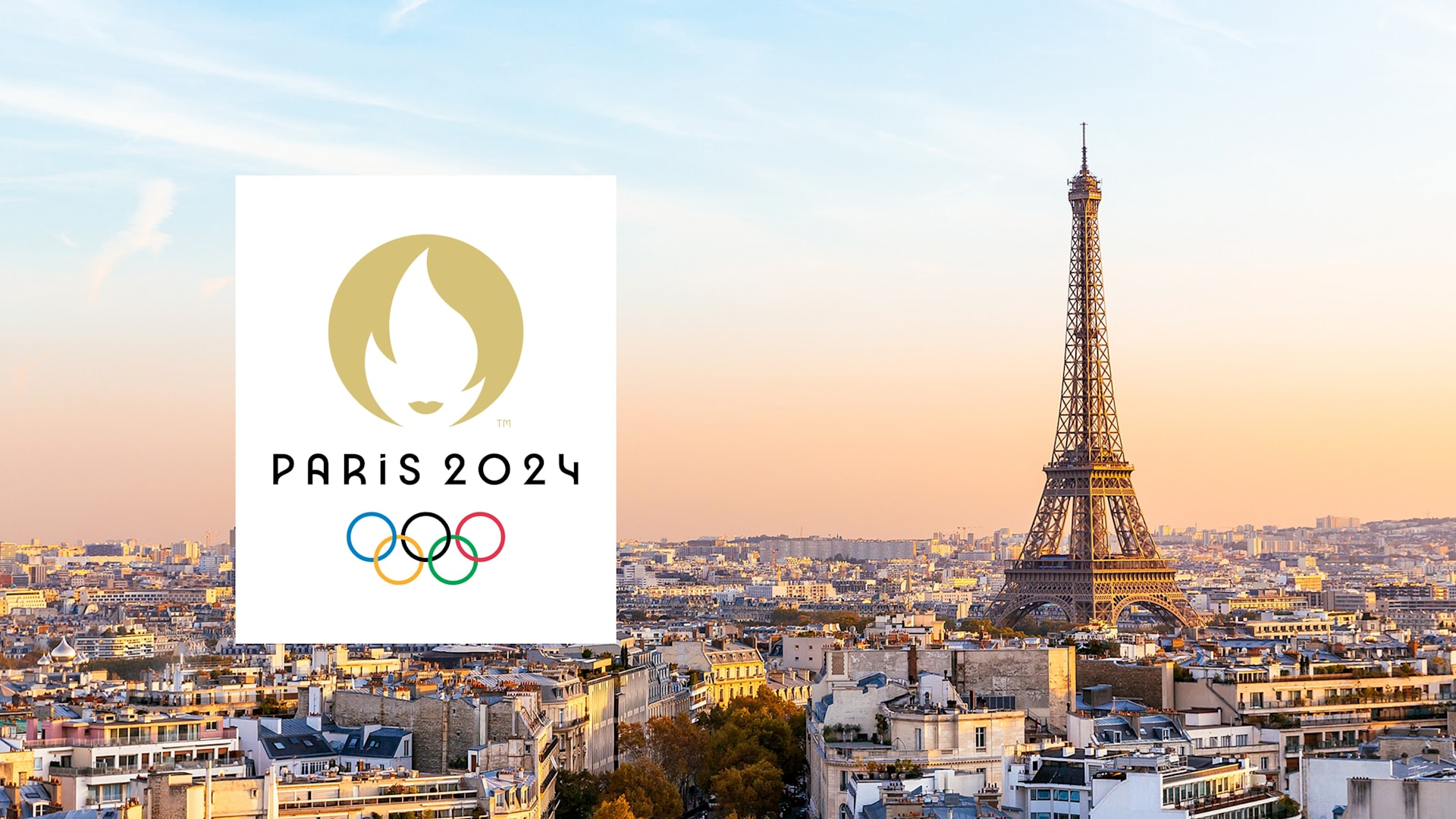“Competitive sports are a tragedy in themselves.”
There’s a saying that has been recently widely shared on Chinese social media.
It warns people not to fall too deeply in love with competitive sports because, in the end, athletes grow old, heroes turn gray, and the injuries they endure take a toll. The gifts that athletes receive from God are eventually reclaimed by time. No one remains a champion forever; no one wins all the time. The match you watch could be their last—the joy of winning a championship lasts for a moment, but the pain of not winning can linger for a lifetime. From athletes to fans, everyone might go crazy; no one escapes. The world ends in regret. However, when you witness the moment they lift the trophy, amidst a sky full of fireworks, you tell yourself, it’s worth it.

It’s a bittersweet reality of sports, where glory is temporary, and the journey is often fraught with pain and sacrifice. Competitive sports are filled with regret. Many people never fully achieve their potential, and the rewards are never equal to the sacrifices made. No one stays young forever, no one remains at their peak, and no one is an eternal champion. For athletes, regret is the norm. The pain of competitive sports lies in the fact that while there are countless athletes, there is only one champion. Even though the focus on gold medals has gradually lessened, it is impossible to completely abandon such a deep-rooted tradition. Most of the time, we only see the national flag rising in the Olympic field, but we don’t see how many young lives were buried along the way to that victory.
The joy brought by competitive sports is double, but the pain behind it is a hundredfold. If given the chance to choose again, countless people would still be willing to go through fire and water to reach the pinnacle of success, to create palaces with their blood and sweat. These palaces may shine on the outside, but they are filled with pain, struggle, and torment. Yet, they are also filled with endless hard work, success, and honor. The beauty of competitive sports is truly seen in the moment they kiss the medal. In that moment, all the world’s cameras are on them, all the fireworks and applause belong to them, and they tell themselves it was all worth it.
Competitive sports are an eternal cycle of renewal, where new talents replace the old. We witness an athlete rise from obscurity, reach their peak, and become the pillar of a certain era. But the word “peak” itself is full of regret because it’s all downhill from the peak. They will be replaced by newer, more powerful athletes. Eventually, the once-glorious heroes will grow old, burdened by injuries, and slowly fade away from the public eye. “One generation will inevitably grow old, but there will always be someone young.” Their past glory will be reclaimed by time and perhaps forgotten by people. We usually only see their triumphant side, but isn’t the other side filled with regret?
Competitive sports have shown me the vitality of human beings, the courage to leap in the face of the unknown, and the determination to rise to the challenge no matter how many difficulties are thrown at us. After the grand finale of the four-year cycle of the event, a new journey begins, and I hope I will have the opportunity to see them again in the next four years.











